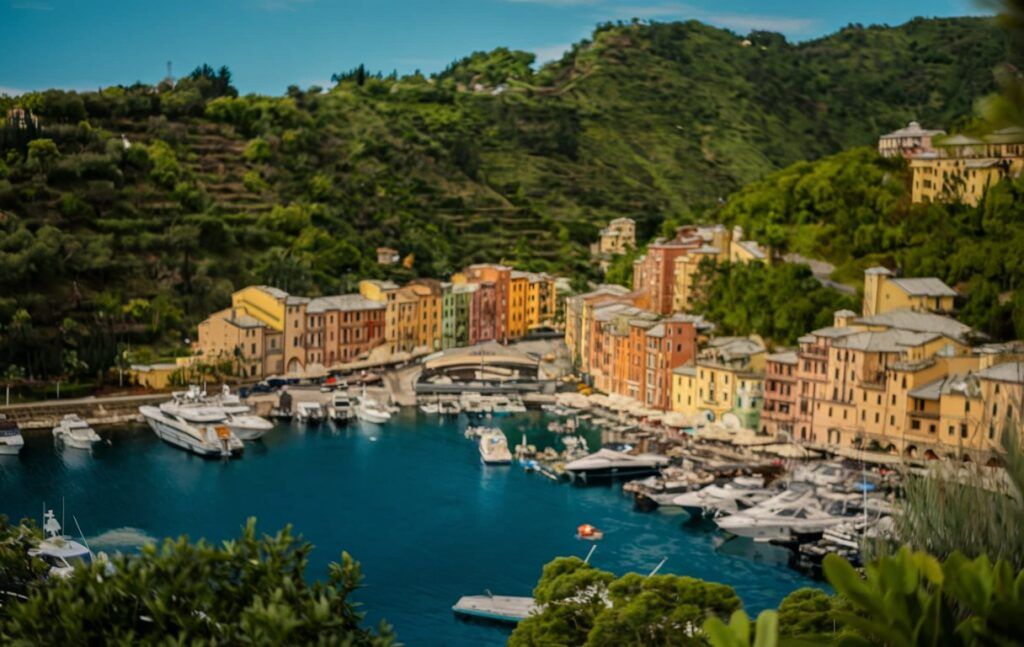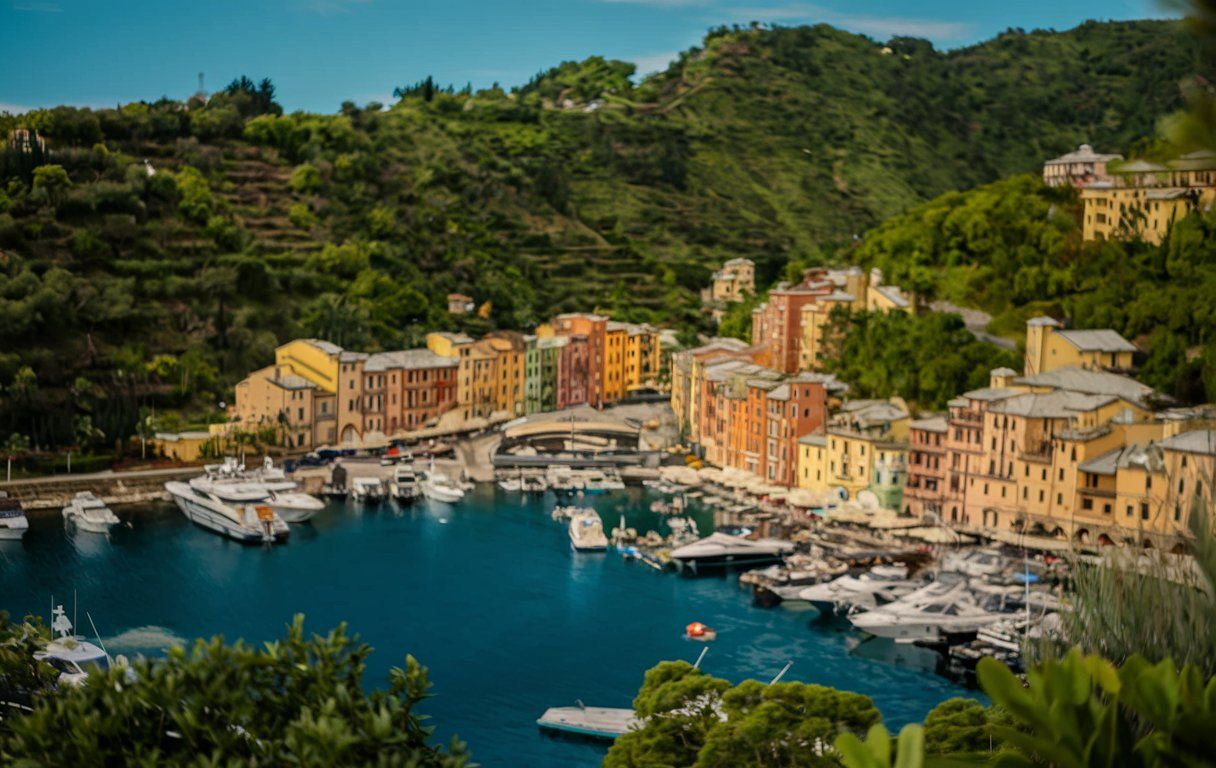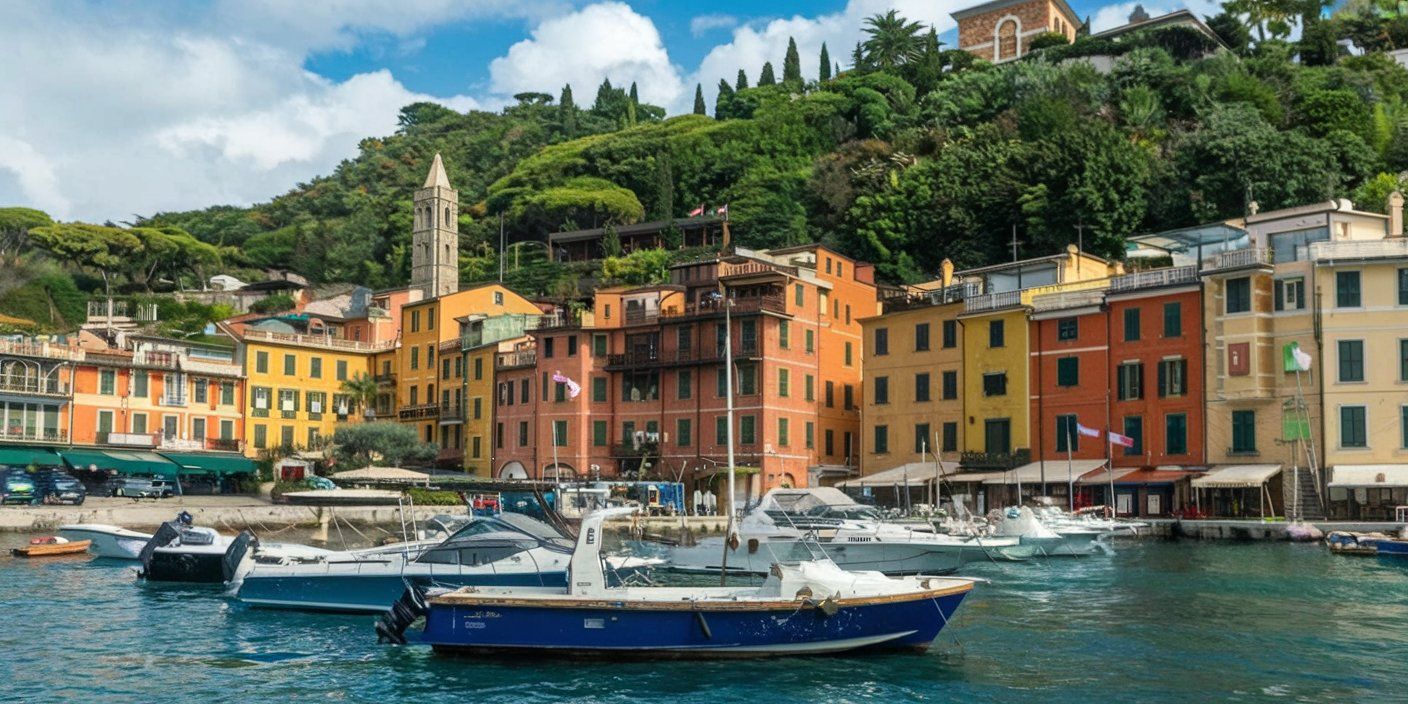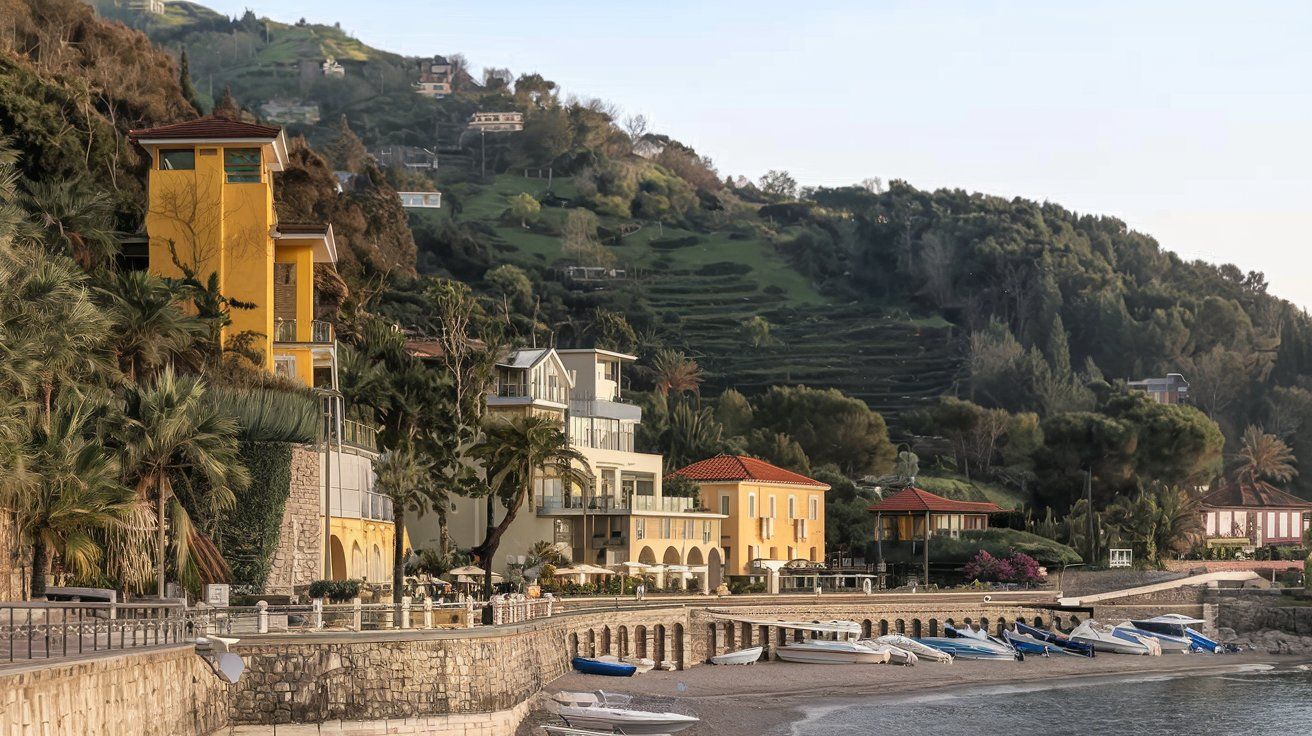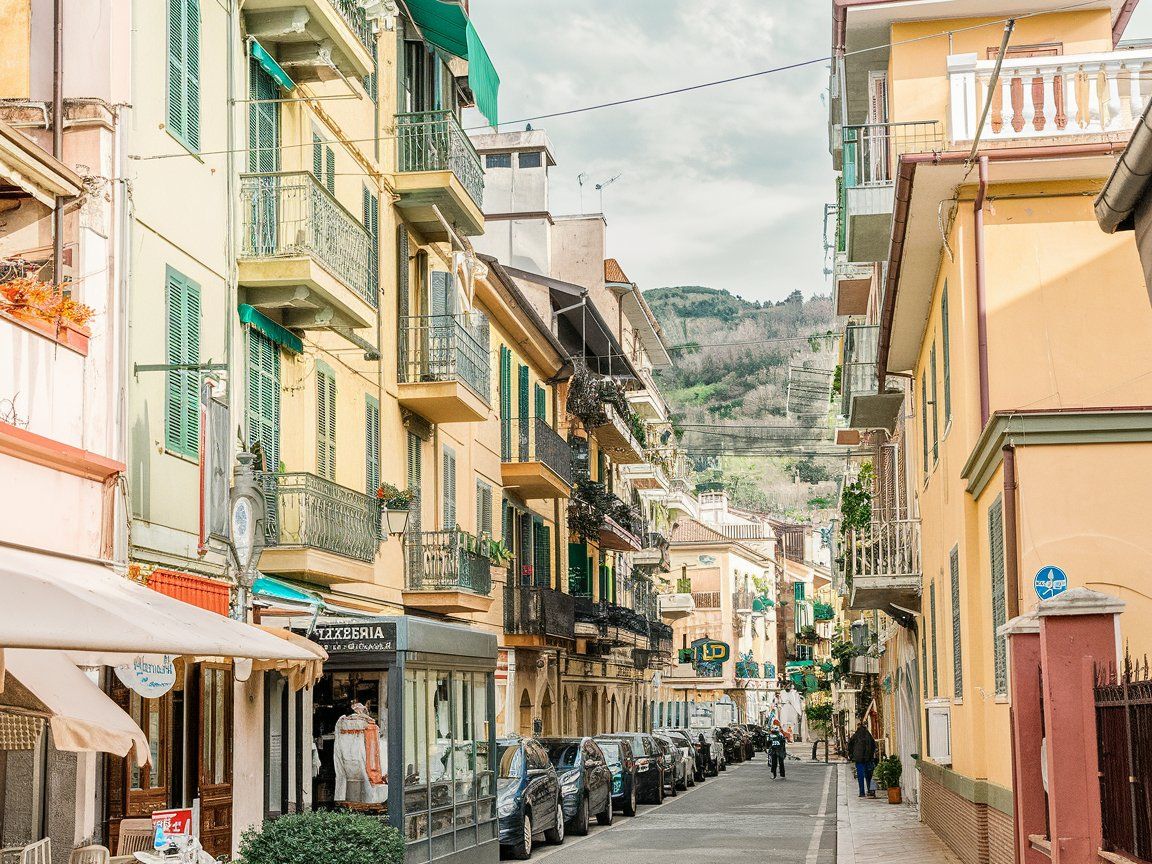Nestled in Liguria, Levanto traces its roots to ancient times. The Romans called it Ceula, and by the Middle Ages, it had become a place of real significance. The history of Levanto lives on today in its well-preserved medieval center and historic buildings that tell stories of its rich past.
Wandering through Levanto, you get the sense of time layered all around you. The town sits tucked in a valley, wrapped by olive groves, vineyards, and pine forests, with the sparkling sea just steps away. About 90 kilometers southeast of Genoa, Levanto is a gateway to the Cinque Terre but keeps its own quirks and charm.
Find available hotels and vacation homes instantly. No fees, best rates guaranteed!
Check Availability Now
Levanto’s story weaves together with nearby villages. As you duck through the narrow lanes and peer up at old facades, you see how it grew from a Roman outpost into the lively coastal town it is now. Some folks even call Levanto the “sixth Cinque Terre”—it’s got the same beauty, just with fewer crowds.
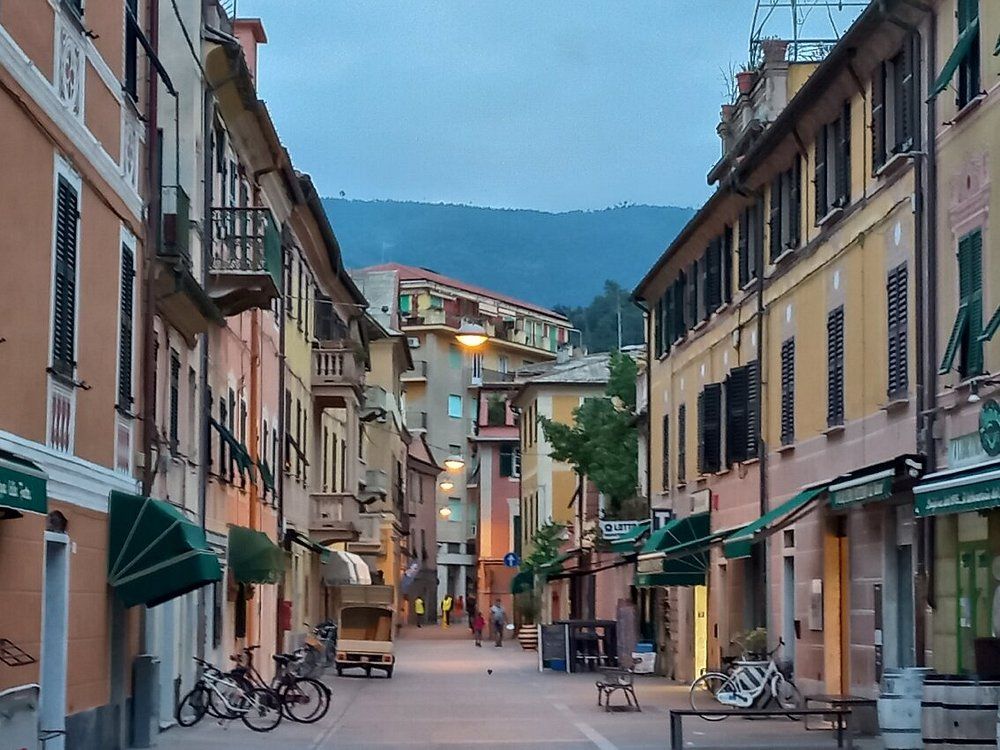
Early History and Origins
Levanto’s story stretches back thousands of years, with roots in the Roman era and big changes during the Middle Ages as different powers took charge.
Prehistoric and Roman Era
People lived in the Levanto valley long before anyone wrote it down. The first real settlement, Ceula, sat on a hillside where part of modern Levanto now stands. Roman records mention this spot, making it the area’s earliest official mention.
The Romans saw the value in this stretch of Ligurian coast. They set up small trading posts here to support sea trade. The natural harbor sheltered ships, which made Levanto useful for routes along the Ligurian Sea.
Medieval Development
In the Middle Ages, Levanto turned into a key feudal stronghold. The Malaspina family took control first, putting up defensive structures as the settlement grew. Later, the Da Passano family took over and kept building up the area.
Things shifted in 1229 when the Republic of Genoa took charge. Suddenly, Levanto’s fortunes changed. Trade boomed under Genoese rule, and the medieval center sprang up—many of those buildings still stand today.
Medieval architecture fills the town, letting visitors peek into Levanto’s past. Churches, old walls, and noble homes all tell the tale of this coastal spot’s changing rulers and fortunes.
Medieval Levanto: Growth and Influence
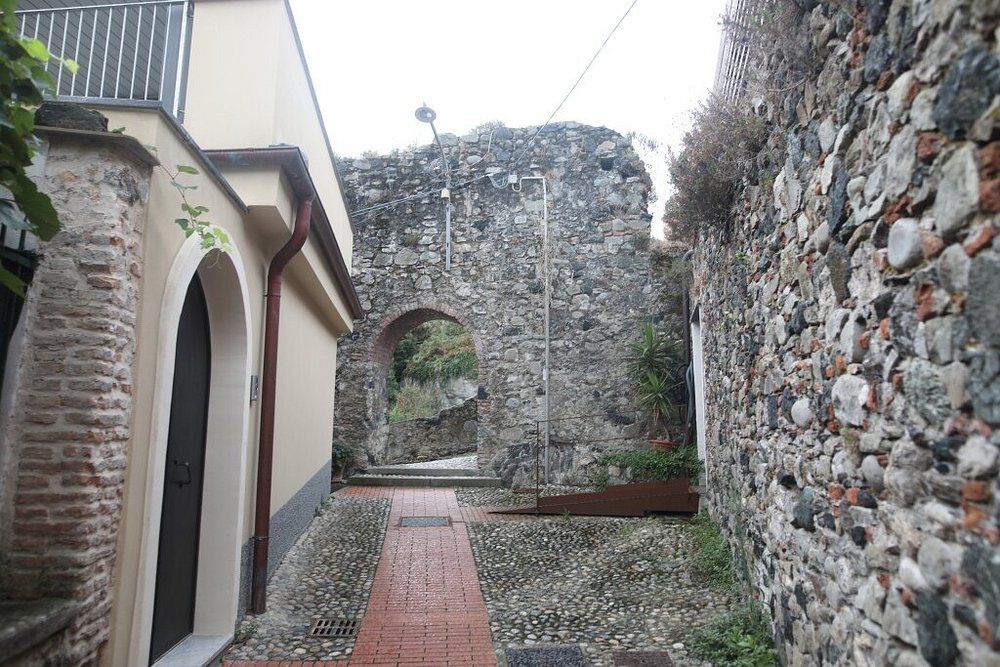
Between the 9th and 14th centuries, Levanto grew from a coastal village into a bustling medieval town. Its spot on the Ligurian coast made it valuable for trade and defense, drawing in powerful families and rivals.
Malaspina Family and Nobility
The Malaspina family shaped much of medieval Levanto’s story. They grabbed control in the 12th century and left their mark, building towers and parts of the city walls—some of which you can still spot.
Under their rule, Levanto’s economy got a boost. The Malaspinas encouraged local trade and agriculture, especially olive oil and fishing.
Nobles lived in stone houses in the center, while farmers and fishermen stuck closer to their fields and boats.
Relations with Genoa
Levanto’s ties with Genoa defined much of its medieval course. By the 1200s, Genoa’s maritime republic had spread along the coast, eventually pulling Levanto under its wing.
Being linked to Genoa brought perks and headaches. You’ll spot Genoese touches in buildings like the church of Sant’Andrea, with its black-and-white striped façade.
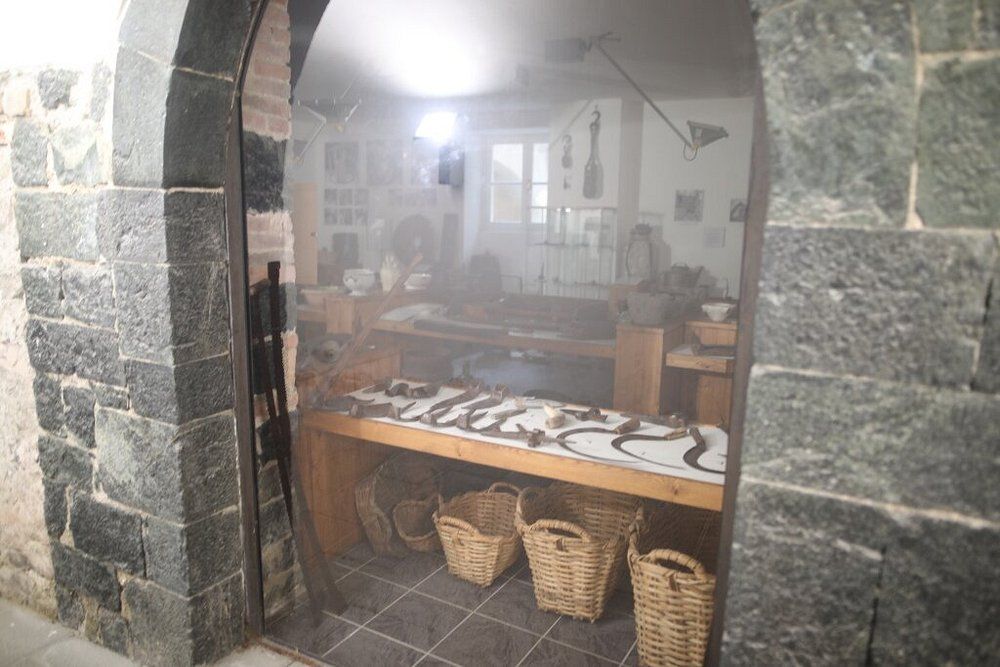
Trade flourished during this period. Ships from Levanto carried goods far and wide, returning with items from across the Mediterranean.
But Genoa also taxed Levanto’s citizens and demanded military service, which sometimes caused friction with local leaders.
Strategic Role in Liguria
Levanto acted as a gateway between the Ligurian coast and inland lands. Its harbor, while smaller than Genoa’s, gave safe shelter to trading and military ships.
The old castle—partially restored—watched over the sea and guarded against pirates and rivals.
The medieval street grid, still walkable today, was made for defense: narrow, twisting alleys to confuse invaders and let defenders slip away if needed.
Roads connecting Levanto to inland villages made it a market hub for wine, olive oil, and other local products.
Levanto in the Modern Era
From the 19th century on, Levanto changed fast—new transport links and shifting economies shaped the town. It left its medieval roots behind and became a modern Italian destination without losing its unique personality.
From beachfront hotels to hillside villas, find your perfect stay in this charming coastal town. Instant booking with no fees!
Browse Accommodations Now
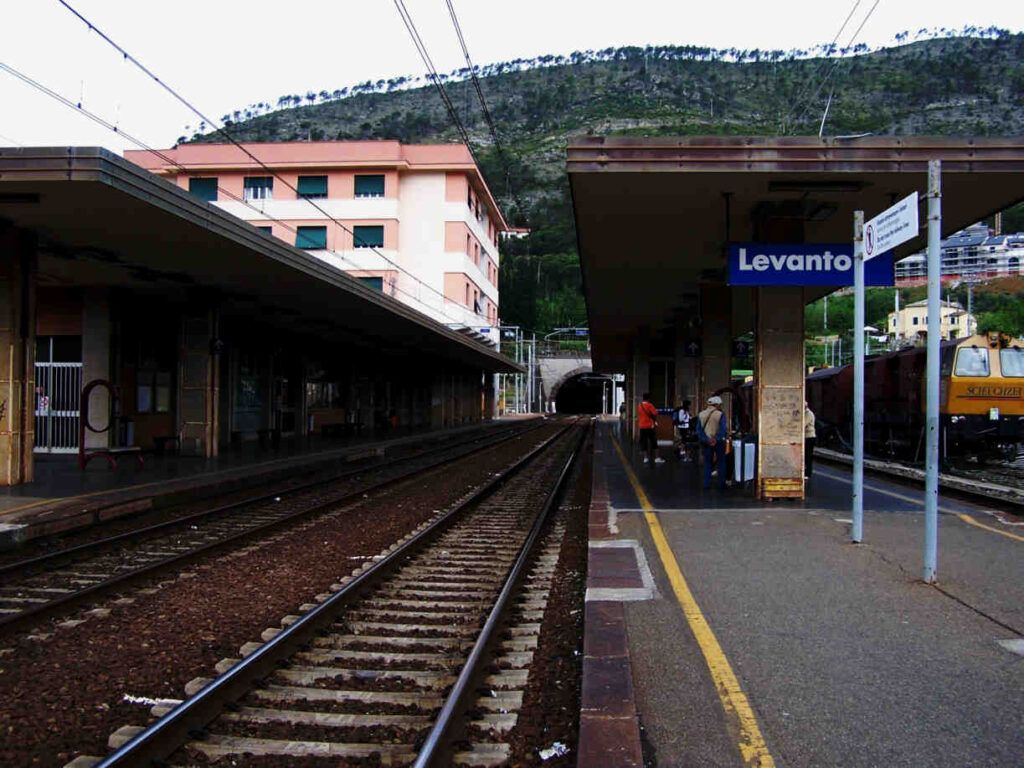
Economic Changes and Transformation
The railway’s arrival in the 1800s changed everything. Suddenly, Levanto—once a quiet coastal spot—was linked to big cities like Genoa and La Spezia. Trade patterns shifted, and new opportunities opened up.
In the early 1900s, Levanto stayed pretty quiet, with little industry. People mostly relied on local trade and farming, though neither was booming. It was a transition period before tourism took over.
Now, tourism is king. The beaches and Cinque Terre proximity pull people in, and most locals work in hospitality, food, or guiding visitors, rather than fishing or farming.
Cultural and Architectural Evolution
Levanto’s look changed gradually. You’ll see colorful buildings that mix old Ligurian style with newer touches. Many historic places survived, but folks adapted them for modern life.
The waterfront got a facelift—promenades and public spaces sprang up, giving Levanto its laid-back seaside vibe.
Culture shifted too. Old festivals stuck around, but they evolved. Local customs blended with broader Italian trends as travel and communication with other regions grew.
Art and architecture from this time show both a respect for the past and a willingness to modernize. Walk around and you’ll notice old facades hiding updated interiors.
Integration into Italy
When Italy unified in 1861, Levanto became part of the new nation, landing in the province of La Spezia, Liguria. This brought new administration and tied the town to national systems, but it kept its regional flavor.
Despite all the changes, Levanto held onto its Ligurian roots—local dialects, food, and traditions carried on, just mixed with a few new influences.
Better roads and railways made Levanto more accessible, drawing in visitors eager to experience the coast.
Geography and Natural Setting
Levanto sits on the Ligurian coast, tucked between Punta Mesco and Punta di Levanto. Its setting—coastline backed by green hills—has shaped how the town grew and feels today.
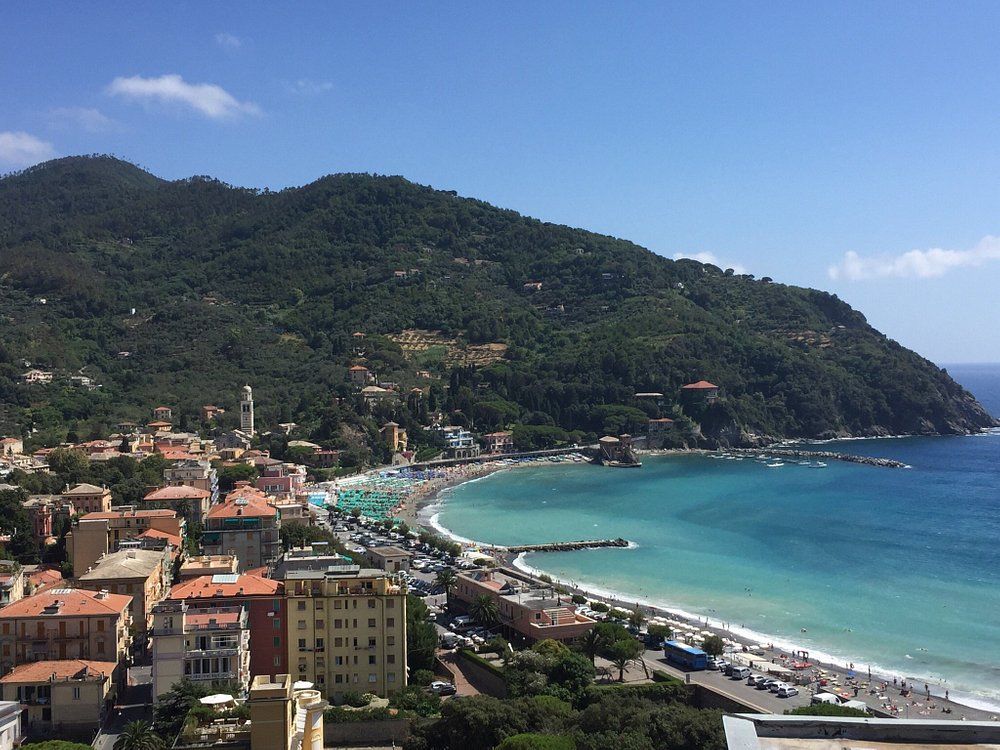
Levanto Valley and Hills
The town rests at the mouth of a river valley, with steep hills rising on both sides. These hills, covered in olive and pine trees, create a lush backdrop. The valley opens to the sea, forming a natural funnel that’s influenced Levanto’s layout and growth.
The ridges on each side set natural borders, giving the town some protection over the centuries. This geography shaped Levanto’s development and its role in the region.
And those olive trees? They’re more than just pretty—they’ve powered the local economy for ages, producing the olive oil that defines Ligurian food.
Beaches and the Ligurian Sea
Levanto’s bond with the Ligurian Sea gives it that classic beach town vibe. The main beach is a long, curving stretch of sand, popular with locals and tourists alike.
The water’s often clearer here than in bigger cities, shifting shades of blue with the weather or time of day. The sand sets it apart from the rockier Cinque Terre beaches nearby.
Set between Punta Mesco and Punta di Levanto, the bay is sheltered—a big reason Levanto thrived as a coastal town. Geography really gave it a leg up.
The sea still shapes daily life, from the food to the festivals.
Levanto and Cinque Terre Connection
Levanto’s got deep ties—geographical and historical—to the Cinque Terre villages. Part of the town even falls inside the Cinque Terre National Park, linking these coastal communities naturally.
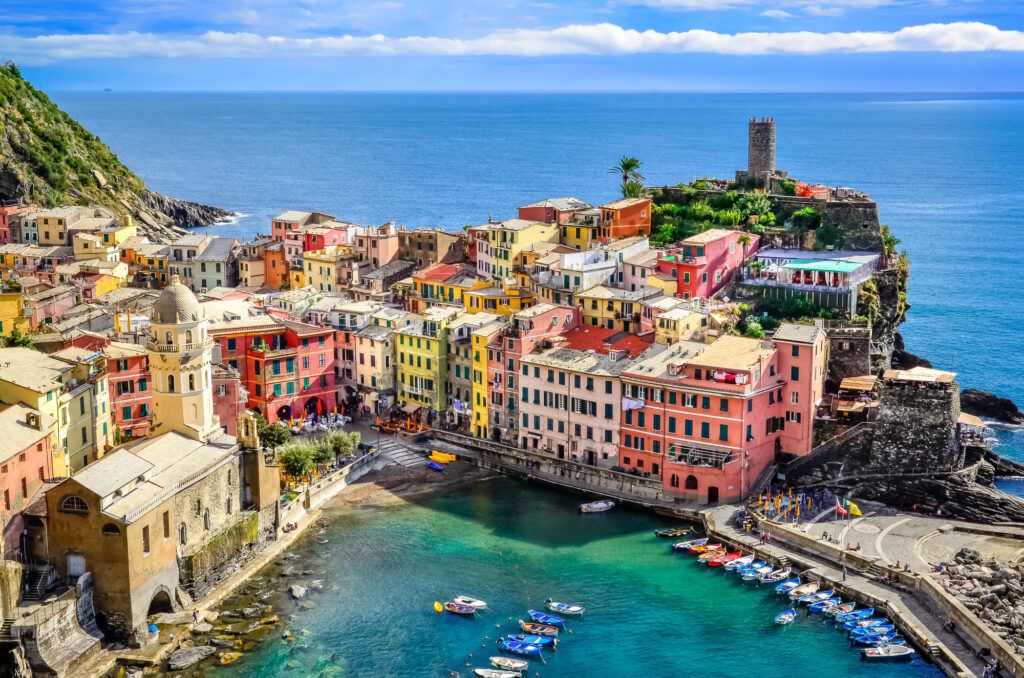
Levanto’s Role as a Gateway
For many travelers, Levanto is the main way into the Cinque Terre. The town’s railway station sits on the Genoa-Pisa line, so you can hop on a train to the five villages easily. Levanto’s station handles more trains, even faster ones, compared to the smaller Cinque Terre stops.
If you’re into hiking, Levanto marks the start of the scenic trail to Monterosso, the westernmost Cinque Terre village. The path winds through olive groves and gives you killer sea views before joining the famous Sentiero Azzurro network.
Easy booking across stunning accommodations from historic buildings to modern retreats. Perfect for surfing and kayaking with pristine beaches just steps away!
Secure Your Italian Getaway
Lots of visitors stay in Levanto since it’s got more hotels, apartments, and even camping—usually cheaper than the Cinque Terre villages. It’s a handy base for daily adventures.
Historical Ties with Monterosso
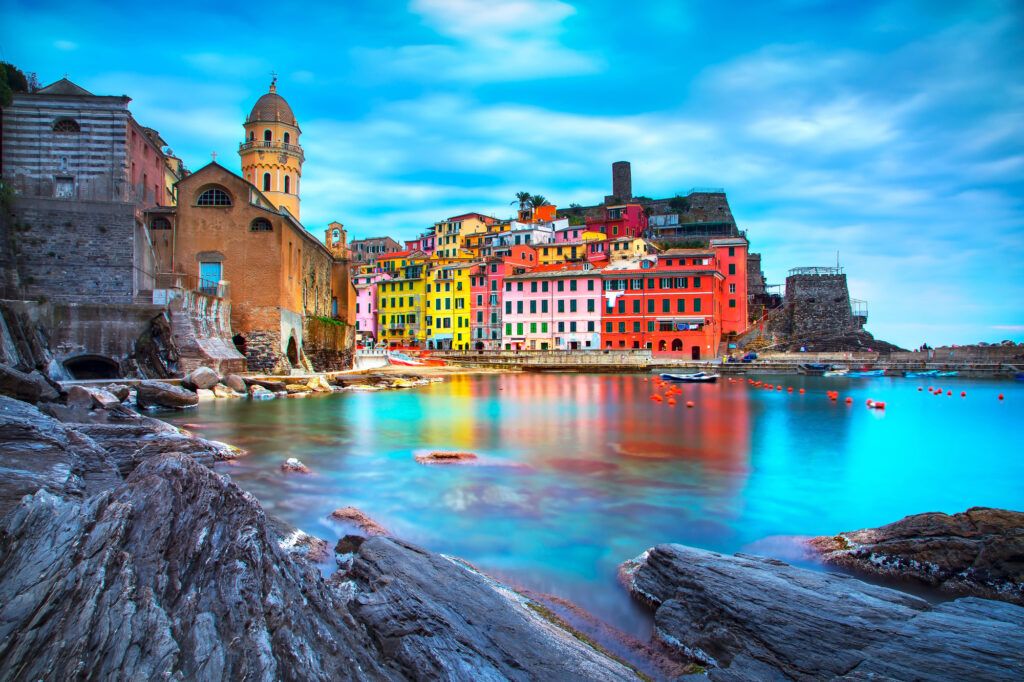
Levanto and Monterosso, just next door, share centuries of history. Both joined the Republic of Genoa in the 1200s, though Levanto kept a bit more autonomy.
Their seafaring traditions built strong bonds—fishing, trade, and defending against pirates. Families from both towns intermarried, and those ties linger today.
Back in the day, both towns put up similar defenses. You can spot the likeness in their watchtowers and stone buildings. Sometimes, local festivals in Levanto and Monterosso even celebrate their shared roots with food and religious parades.
The coastal path between them has been around for ages—first as a trade route, now as a favorite hiking trail.
Landmarks and Attractions
Levanto’s packed with historical and architectural gems, each one telling part of the town’s story. Medieval castles, colorful houses, and guided tours—there’s plenty to explore in this Cinque Terre gateway.
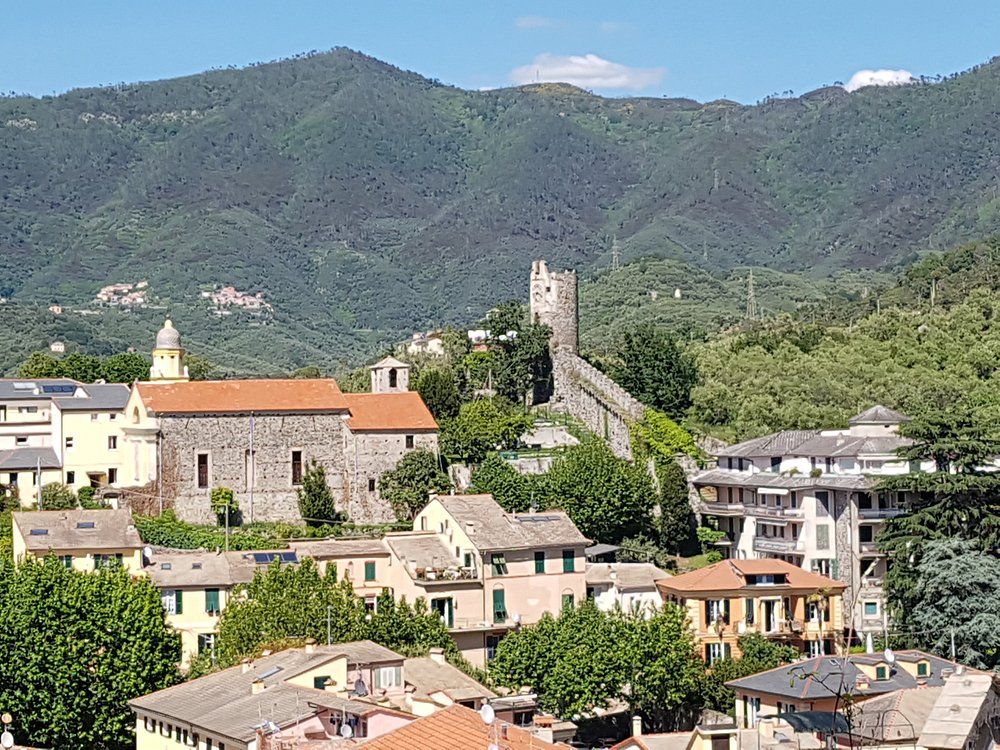
Historic Sights and Monuments
The Castle of Levanto stands as one of the town’s most important historical structures. Built in the 12th century as part of Levanto’s defensive system, the fortress gives you a sense of the town’s strategic role back in the day.
San Giorgio Castle is another landmark you shouldn’t skip. Its looming silhouette really drives home Levanto’s history as a coastal defense point.
The Loggia Comunale in the center of town shows off classic Italian architecture and still works as a gathering spot for both locals and visitors.
Podere Case Lovara preserves the area’s rural heritage and gives you a window into old-school agricultural life around Levanto.
The Chiesa della Madonna della Costa and the Oratorio di San Giacomo are both religious sites with lovely artwork and that familiar Italian church vibe—think intricate stonework and a peaceful hush inside.
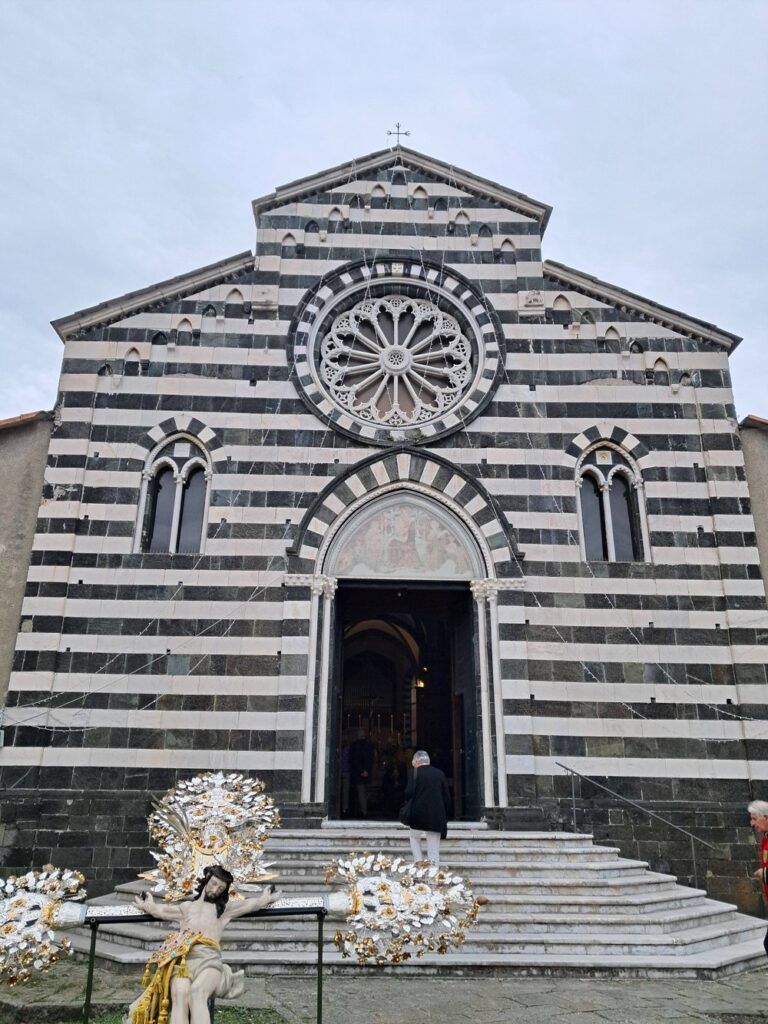
Colorful Buildings and Architecture
Levanto’s buildings burst with the bold colors you’d expect from Ligurian coastal towns. Like its famous neighbors in Cinque Terre, Levanto’s homes and facades paint a pretty picture—literally.
The Borgo di Lavaggiorosso, a tiny hamlet nearby, is a great place to see traditional Ligurian architecture up close. Its winding alleys and painted houses give you a real sense of local life, not just postcard scenes.
Downtown, the buildings show off decorated facades and details from different eras. You’ll spot touches from medieval times and the Renaissance, all mixed together in a way that somehow just works.
Look around and you’ll see houses in warm yellows, oranges, and reds. Supposedly, fishermen once painted their homes these colors so they could spot them from the sea. Whether that’s true or not, the effect is undeniably cheerful against the blue Mediterranean.
Notable Guided Walks
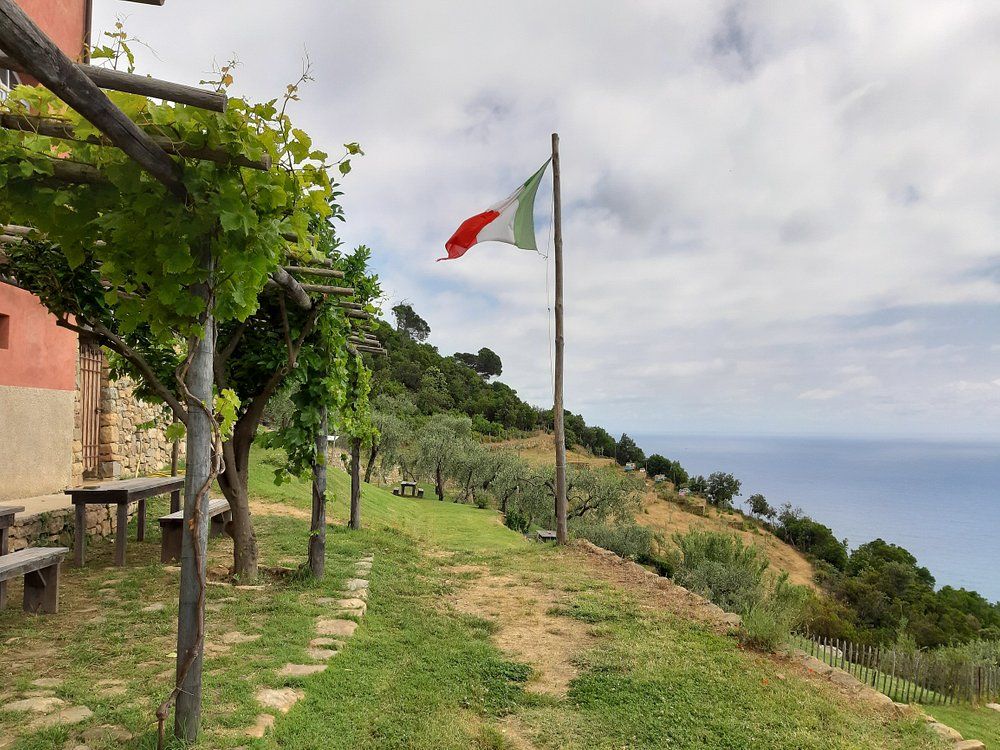
Guided walks in Levanto dive into the town’s history and culture. Local guides love to share stories about Levanto’s Roman roots, back when it was called Ceula.
On a medieval center walk, you’ll wind through narrow streets and past ancient buildings while learning about architectural quirks and the events that shaped Levanto. Most tours stop at both the Castle of Levanto and San Giorgio Castle.
Coastal path tours blend history with some seriously stunning scenery. The walks often trace the famous trails connecting Levanto to Cinque Terre, and guides usually chat about both the culture and the natural environment along the way.
Evening historical walks hit different, focusing on local legends and lesser-known stories. These tours often slip into quieter corners and sites most visitors miss during the day.
Modern Travel and Tourism
These days, Levanto acts as a gateway to Cinque Terre but keeps a personality all its own. The town manages to balance its rich history with just enough modern touches to attract folks after adventure, relaxation, or a bit of both.
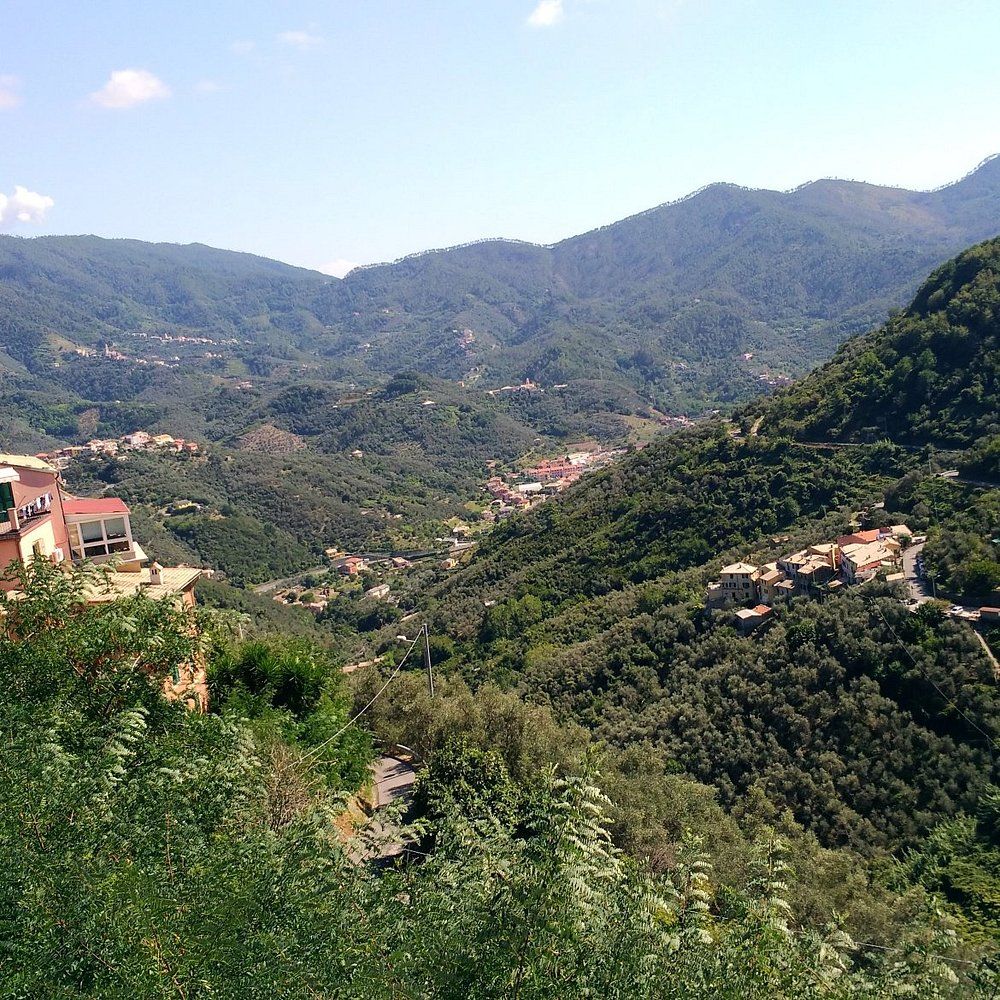
Hiking and Outdoor Activities
Levanto makes a fantastic base for hikers. The trail connecting Levanto to Monterosso (the first Cinque Terre village) treats you to sweeping sea views and winds through olive groves and classic Mediterranean greenery.
Trails in the National Park area range from easy to challenging, so beginners and seasoned hikers both find something that fits. The Levanto-Bonassola-Framura route, for example, follows an old railway tunnel—now a flat, easy path that’s great for families.
Mountain biking’s caught on, too. There are several marked trails in the hills, and local shops rent bikes or offer guides if you want a little help navigating the terrain.
If you’re into water sports, Levanto’s bay is a sweet spot for surfing, paddleboarding, or kayaking. The bay sits in a protected spot, so you get good waves, especially in winter.
Levanto as a Beach Town
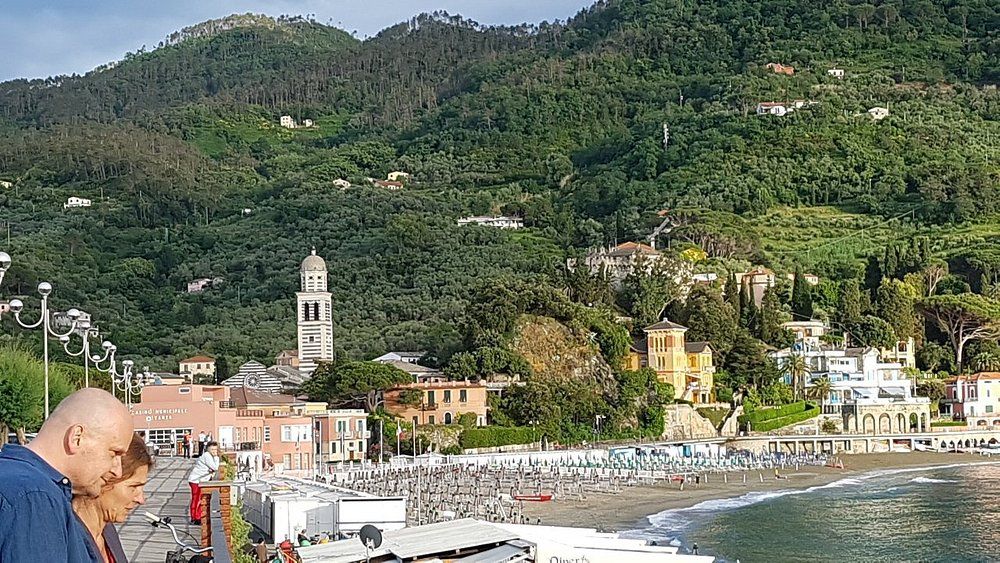
Levanto’s wide, crescent-shaped beach stretches nearly a kilometer—way more room than the pocket-sized beaches in Cinque Terre. You’ll find a mix of free public zones and private sections with rentable sun loungers and umbrellas.
In summer, the town buzzes as people fill its cafes, restaurants, and gelaterias. Unlike the more crowded Cinque Terre villages, Levanto’s broader streets and open spaces make it feel less packed, even at the height of the season.
The seafront promenade comes alive in the evenings with families out for a stroll and folks soaking in the sea air. There are volleyball courts and play areas for kids, so it’s genuinely family-friendly.
The water here consistently earns blue flag status—it’s clean and clear, perfect for swimming. The western end of the beach is calm and great for kids, while surfers usually head to the eastern stretch for bigger waves.
Elegant hotels, seaside apartments, and vacation rentals with immediate confirmation. Beautiful beaches and world-class restaurants await your arrival!
See Available Properties

